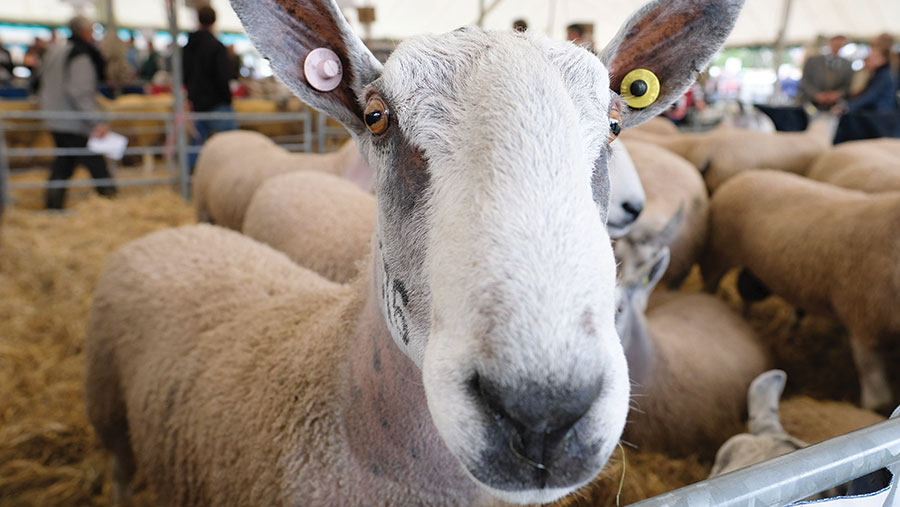Vet Viewpoint: Blackleg, teaser rams and biosecurity
 © Tim Scrivener
© Tim Scrivener Blackleg, teaser tups and biosecurity are the main talking points among XL Vet across the UK this September. One vet also considers the revised assessment of the livestock sector’s effect on the environment.
Jack Sheldrake

Black Sheep Farm Health, Rothbury, Northumberland
When buying rams, we must not forget about biosecurity. The ideal scenario is to buy direct from a farm of known health status, but often this is not possible. Individual farms need to consider the risk and effect of introducing diseases such as maedi visna and Johne’s.
Broadly speaking, your ram should be isolated for three to four weeks and subject to appropriate quarantine treatments. Examine them for contagious ovine digital dermatitis (CODD) and treat if necessary.
Treat for resistant worms with an orange wormer and fluke, plus give a scab treatment. Don’t forget to vaccinate them in line with your flock policy – as a minimum this should include clostridial disease and pasteurellosis.
Vaccination against foot-rot is another sensible precaution. Don’t forget to get them fertility tested before use.
Ed Hill

Thrums Veterinary Group, Kirriemuir, Angus
September sees many of our commercial sheep farmers turning their attention to the oncoming breeding season.
Over the past month we have been busy doing lots of vasectomies to create teaser tups. Using teaser tups helps get all your ewes cycling early and can be a very cost-effective way of achieving a quick and compact lambing.
Ideally, tups should have the snip well in advance of their services being required. Ewes should be removed from the sight, smell and sound of any tups for at least a month.
Teasers should then be introduced to the ewes for between two and 14 days, before being removed and the fertile tups introduced.
If lots of ewes are expected to be cycling in a short space of time, it is important that the “real” tups are fully fertile, and therefore it is recommended they are fully checked over in advance and, ideally, semen-sampled.
See also: Video: Correctly injecting cattle – a five-step guide
Matthew Evans

Fenton Vets, Haverfordwest, Pembrokeshire
A recent callout to seven dead beasts has been a grave reminder of the importance of vaccination for one of our farmers.
I was called to a beef farm to inspect seven carcasses, out of a batch of 150. They were all dairy-cross steers, about 10 months old, destined to be fattened.
All the stock arrived on the farm as young calves and were loose-housed over winter. Post-mortem examination of one of the carcasses revealed a diagnosis of blackleg.
This is one of many diseases caused by a group of bacteria called clostridia. These bacteria can cause a range of clinical signs, but commonly present as sudden death.
All cattle are susceptible to clostridia, so the easiest way to protect your herd from this disease is to vaccinate. Speak to your vet, who will help you formulate a plan.
Kenneth Wilson

DS McGregor and Partners, Thurso, Caithness
The UK Climate Change Committee’s latest report has acknowledged livestock methane emissions may not be driving climate change to the extent that has widely been reported.
Furthermore, pasture-based livestock farming’s ability to capture carbon dioxide could balance the greenhouse gas emissions equation. It may well be possible to present the UK beef and lamb industries as being carbon neutral.
However, reducing the environmental effect of rearing livestock remains a critical priority. There is significant room for improvement in efficiency in terms of reproductive performance, reducing mortality and working on genetics.
All these could provide clear and measurable evidence of reduced environmental impact. It must be our goal as livestock vets to do all we can to help our farmers to achieve these goals.
